Art Market
5 Things to Know about Collecting Photo Books
A single photograph may tell a story, but photography books have long been cherished for their full narrative potential. The cover design, image sequencing, accompanying text, and the pages themselves all play vital supporting roles.
Collecting photo books is a more affordable, practical, and portable entry into a photographer’s work, according to Craig Mathis, a manager at the artists’ books nonprofit Printed Matter. Books also “give a wider view of an artist’s intentions and a greater context to single, distilled images,” he said.
Harper Levine, founder of the rare bookseller Harper’s Books, believes that the photo book market “is particularly robust these days” thanks to the breadth of work being published, a deeper appreciation for the medium itself, and nostalgia for the printed page. “It’s really a golden age for new books,” he said.
In fact, at a time when brick-and-mortar stores are struggling, independent bookstores have grown, and Printed Matter ushers in buzzing crowds to fairs at MoMA PS1 in New York and MOCA in Los Angeles. Publishing heavyweights like Taschen and Phaidon are balanced by an abundance of indie outfits, such as Libraryman and Conveyor Studio, which make space for small, intimate projects or debut works from emerging artists.
“[There’s an] ease of making, buying, and selling books—there’s so much democratization that all adds to a sense of inclusion,” Levine said. “I think that makes collecting more interesting.”
Photo books are a multiples market, so price points generally remain low, though there have been notable exceptions. Darius Himes, the international head of photography at Christie’s, likens book collecting to treasure hunting. Here, we offer five essential tips to help you navigate the photo book market, from rare dealers and auction houses to the lawless world of Amazon listings.
Be passionate about books
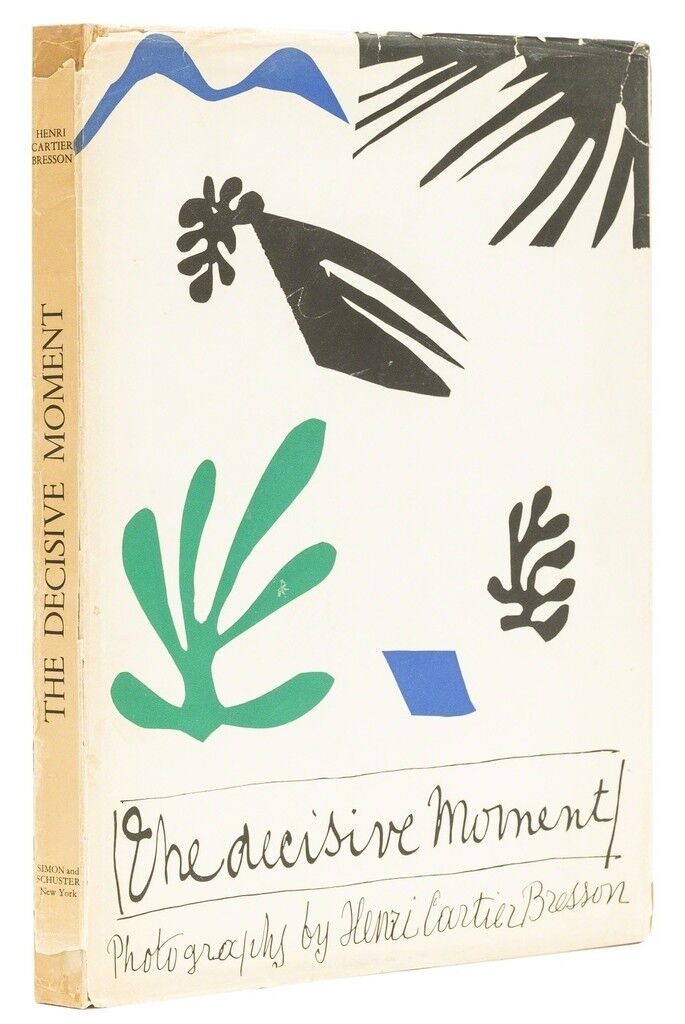
Henri Cartier-Bresson
The Decisive Moment, 1952
Forum Auctions
Of all the reasons to collect photo books, the first one should be a deep interest in the format. “You should do it because you love it,” Himes said. It’s “all about supporting a market, supporting the artists, [and] supporting the publishers.”
Levine echoed that sentiment. “I never tell anybody to buy a book for investment,” he said. “There’s so much subjectivity in rare books that it can be dangerous if that’s your primary concern.”
Photography books do occasionally make headlines for their auction prices. The most famous record smash was a copy of
’s SUMO (1999), signed by its famous model sitters. It became the most expensive book published in the 20th century, bringing in $430,000 at a charity auction. In 2010, an early signed edition of
’s The Americans (1958) sold at Christie’s for £43,250 ($62,000), while a comparable edition of
’s The Decisive Moment fetched £13,750 ($19,700).
Though photo books don’t often make big showings at auction, Swann Galleries does include them in its Classic & Contemporary Photographs sales. An archive of
’s signed, early art and photo books reached the low end of its estimate at $10,000 in October. Eight months earlier, a collection of first- and second-edition titles by
,
,
, and others (one of which was signed) brought in $1,625, over its high estimate of $1,500.
Learn your history
The first photo books you may want to consider purchasing are about the medium itself. In 2001, Andrew Roth published the first definitive resource, titled The Book of 101 Books: Seminal Photographic Books of the Twentieth Century. Three years later,
and Gerry Badgers began their renowned series with The Photobook: A History (Volume I), followed by Volume 2 (2006) and Volume 3 (2014). Himes also suggested looking for resources that examine regional history, be it China, Russia, or Latin America.
Familiarizing yourself with past titles will help you when determining if an emerging photographer’s debut monograph is special. “Scarcity or hype can work to drive people initially towards a particular project, but evaluate where each project works in the greater context of classic or revered books,” Mathis said. “Are they elevating or is it merely a passing fad? Don’t believe the hype.” But, he added, “If the hype is real, buy two copies!”
Consider what makes the edition valuable
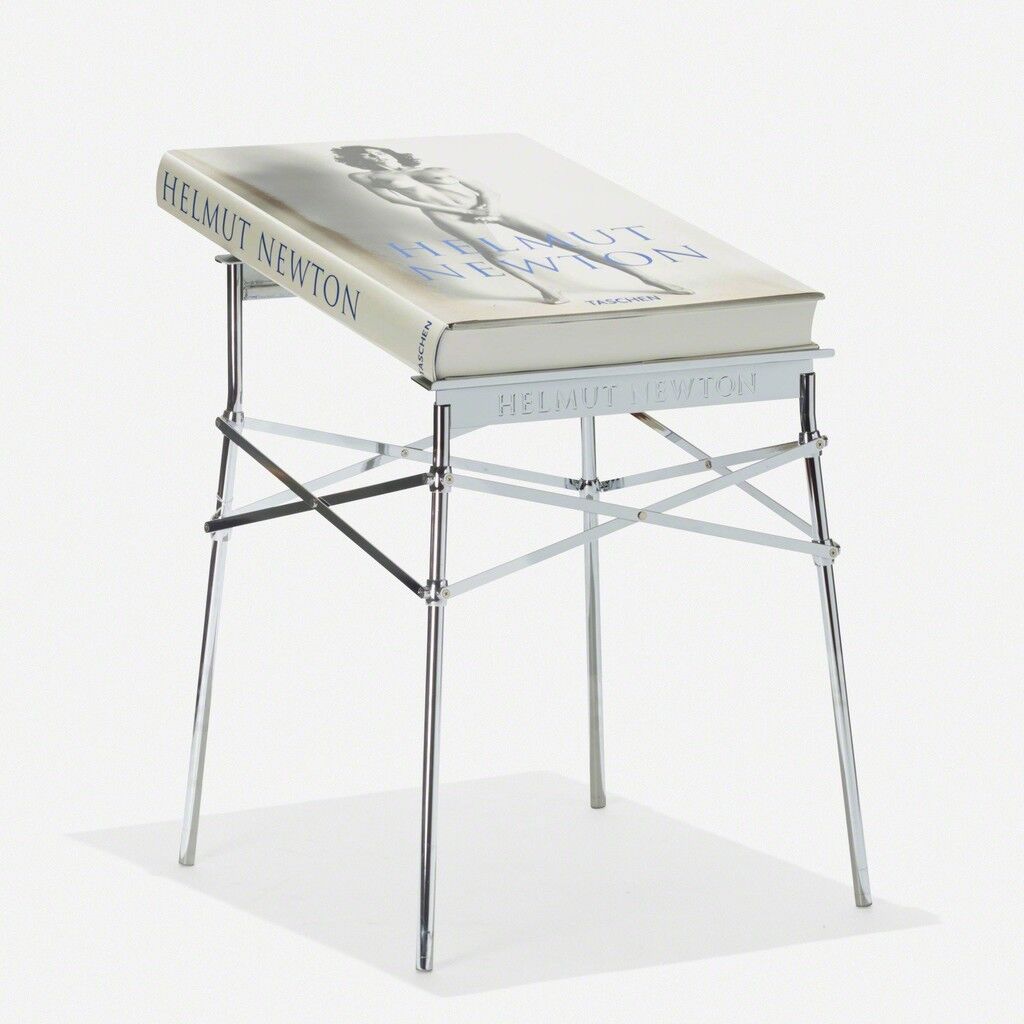
Helmut Newton
SUMO, 1999
Wright
“Condition is the single most important factor in the value of rare books, except if you have a historically significant copy of an important book,” Levine said, pointing to an example of the latter currently in his possession: a copy of
’s classic 1938 monograph American Photographs, inscribed to his friend and peer Robert Frank.
Lesser-known or idiosyncratic works can be highly sought-after, too. “For artists that work with other mediums but take up a standalone photo book project, these can become quite precious,” Mathis said. For renowned photographers, he suggested digging deeper than surveys and monographs. “I would be more curious if a prolific photo book artist took a left turn and started working with a small press, making a modest or less commercial edition,” he said.
Evaluating a title on a case-by-case basis is important, since a photographer’s name only goes so far. “There’s usually one or two special ones that really stand out,” Levine said of each artist’s output. According to Levine, a first edition of
’s collaboration with Langston Hughes, The Sweet Flypaper of Life (1955), will always be worth more than a first edition of The Sound I Saw, which was first printed by Phaidon in 2001 then reprinted by David Zwirner Books in 2019, because the former is an earlier work and had a smaller run. He also pointed to The Americans as a primary example. “Frank has a lot of really collectible books, but that’s the one that people really want,” Levine said.
Some publishers also put out different editions of the same new title in which the price points strikingly differ. Following the success of Newton’s SUMO, Taschen began releasing other 2-foot-tall “Sumo” editions with customized stands. The production, which includes bespoke binding machines, “elevates it to a piece of art as well as a book,” said Taschen account manager Jessie Fahy. Even then, it’s not guaranteed that those collectors’ books will become prized; Taschen’s runs often number in the thousands—much higher than the average limited edition.
Know what to look for on the secondary market
When you journey into the Wild West of online listings, it’s important to be familiar with the exact original condition of a book. Wear and tear might be obvious, but a missing dust jacket less so. The book may have come with a limited-edition print, or, if it’s Japanese, a paper belly band called an obi. “The shrewdest collectors are actually looking for the obi first and the book second,” Levine said.
According to Levine, the only way to be certain that a dealer is legitimate is if they are part of the Antiquarian Booksellers’ Association of America (ABAA) or International League of Antiquarian Booksellers (ILAB). It is possible to find rare books beyond their ranks, but beware of forged signatures, overvalued listings, misleading descriptions, or fake Amazon accounts. Shipping without assurance of a book’s condition carries great risk, as well.
Confer with experts
If you’re unsure about a book you’ve found, you can check bibliographic information online with dealers like Printed Matter, AbeBooks, or Specific Object, or visit your local brick-and-mortar shop, Mathis said. “Many sites have extensive information about older, rare books and are reachable for questions,” he continued. Levine, too, makes himself available for his customers who venture beyond Harper’s offerings.
When hunting at book fairs, Mathis suggests reaching out to your favorite publishers in advance to find out about signings or specials. “Most [publishers] are responsive and happy to share new projects with you,” he said. “They’re also the first ones to notify you at other times when things pop up or become scarce.”
Making contacts within the book-collecting community is invaluable no matter what you’re seeking. “The most helpful resources I find are specialty bookshops and rare dealers,” Mathis said. “They actively engage with established and emerging publishers, are aware of upcoming titles, deal in the second-hand market, and, while they may be sometimes a little introverted or grumpy, are generally happy to help.”
Jacqui Palumbo is a contributing writer for Artsy Editorial.
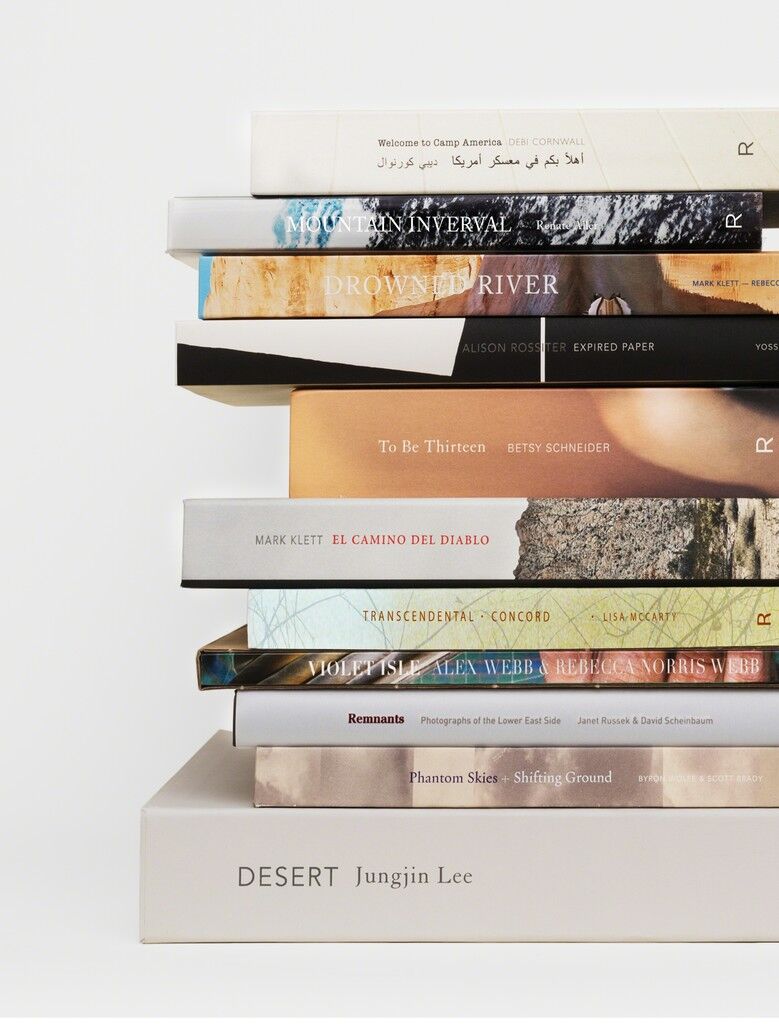

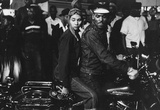
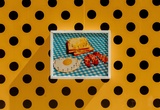

No comments:
Post a Comment